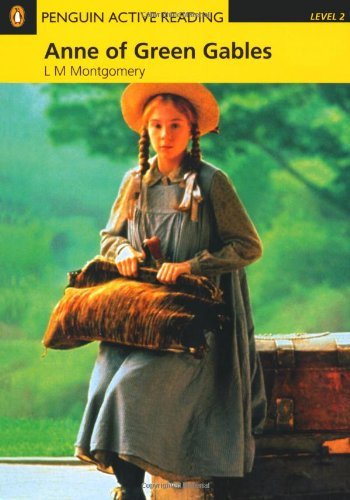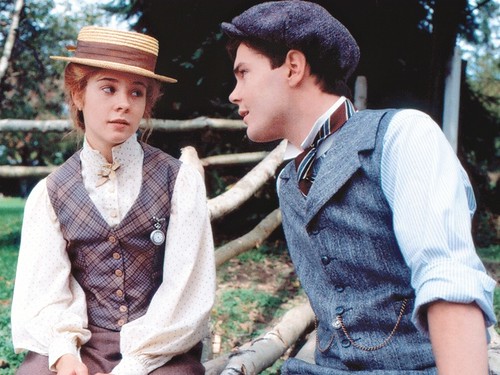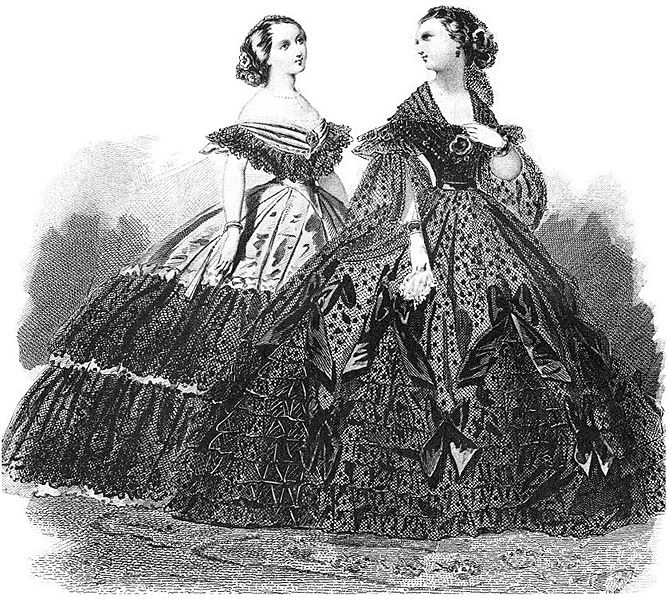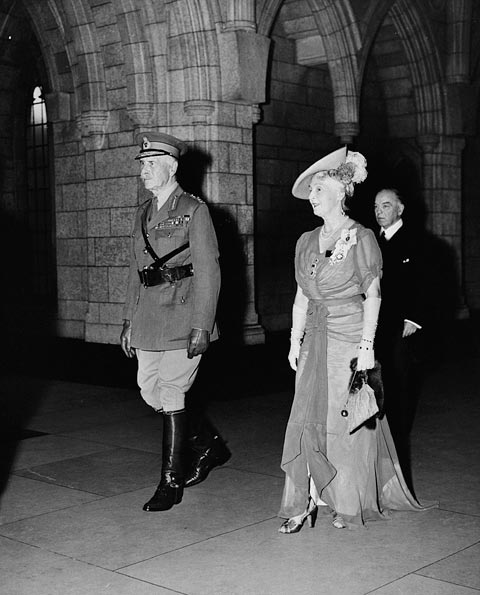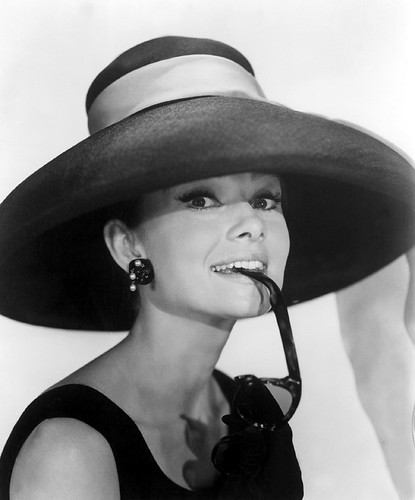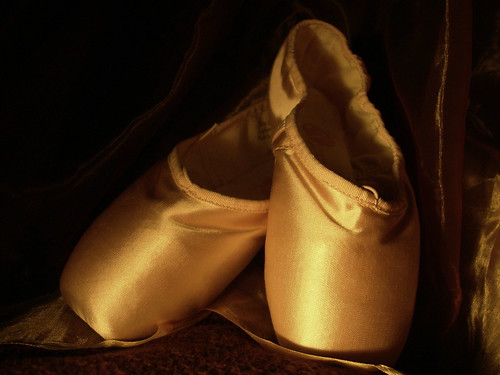There are fashions you wear every day that are so ordinary, so innocent and so simple, you would never think they all began from very violent military origins.
Khakis
Khaki is a color but it's used so frequently in pants, the word "khaki" alone is enough to describe a pair of paints in a nondescript, light brown sort of color that has become the uniform of customer service representatives around the world. It's a color that has been used to make everything including pants, from home furnishings to curtains. You can even get khaki car paint.
Today, khaki is associated with the most benign fashion and decor. It's downright boring, vanilla, run-of-the-mill. And yet, this color has a rather violent past.
The year was 1846 and the British military had been occupying India for about 70 decades. The British, being British, wore heavy wool uniforms in bright red, the same kind of stuff they were wearing when they fought the colonists in America in the 1770s.
And frankly, the uniforms were heavy and bright and ridiculous.
Indian soldiers didn't wear heavy wool. They wore lightweight cotton that they smeared with local mud and sometimes tea. This created a light brownish color shade. It was noticed by Henry Lumsden, who was leading the Corps of Guides for Her Majesty the Queen.
Lightweight khaki-colored garments were adapted by the British and by 1848, official uniforms were issued. The color spread from there and became synonymous with lightweight cotton pants. The word khaki comes from Hindustani for "soil-colored."
Bermuda shorts
Before 1914, men didn't really wear shorts. Like, at all. Shorts were for children, maybe athletes sometimes. Men wore pants. At least, they did.
But sometimes, it's just not practical. Like in the year 1914 in Bermuda. The world was at war and there were British soldiers stationed on the island. And what do British soldiers like to drink? That's right: tea.
Coxon's Tea Room was hot and crowded thanks to the new rush of clients. The servers were having trouble maintaining energy in the stuffy space. So Nathaniel Coxon came up with an idea: put them in shorts. He envisioned somewhat long shorts made in a lightweight material that would be cool and comfortable to wear, breezy and easy in the hot tea room.
Admiral Berridge of His Majesty's navy was taking his tea at Coxon's when he noticed the effect the short pants had on the servers. He decided to put his men in Bermuda shorts, too, and soon most of the British military stationed on the island had on short pants. When vacationers to the island noticed the shorts, they embraced them and took them back to England and America. Soon, Bermuda shorts caught on everywhere.
Plaid
Plaid is heavily associated with Scottish history but the pattern has a long military history, too. Used in Scotland from at least the 1700s to identify particular family and clan affiliations based on color and pattern, plaid became military wear in 1745. This is when the Royal Highland Regiment wore the now-famous Black Watch pattern. It had no clan affiliation and it became the look of the Scottish rebellion.
It wasn't a symbol for long. The Scottish were defeated in 1746 and the British created the Dress Act, which banned tartans outside of military wear. Plaid and tartan became associated with the military but also a symbol of Scottish heritage. When it make its way to the U.S. near the turn of the century, it became a popular fashion staple.
Cardigan
The cardigan is associated with learned professors, with soft and comfortable warmth, with all things non-threatening. This makes it extra ironic that this piece of fashion is associated with one of the worst military disasters of all time.
The cardigan came to fame during the Crimean War and would become immortalized in the Charge of the Light Brigade in 1854. James Thomas Brudenell wasn't much of a military strategist. But he was quite the natty dresser, apparently. Brudenell, an officer in Her Majesty's army, dressed his men and himself in a striking trimmed waistcoat made out of wool.
Brudenell was the 7th Earl of Cardigan and he became linked with the ill-fated charge, during which he led his troops to their certain doom with far more arrogance than the situation warranted. But his name became linked, too, with the fancy wool waistcoats that became popular after this military disaster.
The cardigan changed over the years and finally took on its final form, but its origin story is one of bloodshed and battle and mistakes.
T-shirt
Everyone owns a T-shirt, everyone has a favorite T-shirt, everyone knows this is this is a go-to casual garment you can wear any time, all the time. But there was a day before the T-shirt ever existed. And because the T-shirt exists now, you can thank the British navy.
Wearing a rather loose-fitting cotton or linen shirt under clothing was something men did dating back to the medieval era. But it wasn't until new knitting methods were invented that the shirts became more form-fitting, more refined, more like the modern T-shirt.
In the late 1800s, British sailors were commonly wearing white flannel undershirts beneath their wool uniforms. The British Royal Navy allowed them to wear just these undershirts while on the deck. In the 1880s, the U.S. Navy included similar loose flannel shirts as part of their standard uniform. They were known as "lightweight short-sleeve white cotton undervests."
In 1913, Cooper Underwear Company changed the game. They began producing "bachelor undershirts," which had the more modern shape and design of today's T-shirts. It wasn't until 1920 that the word "t-shirt" became a thing and now, it’s one of the most worn piece of fashion in the world.
Blazer
The HMS Blazer takes credit for being the namesake and birthplace of the blazer, which some say was first worn by the crew of the frigate in 1837. The crew was part of Her Majesty's Royal Navy and when Queen Victoria herself visited them, they wanted to look their best. They wore double-breasted jackets with gold buttons to impress her and look quite polished.
Others say that the blazer was actually worn first by Oxford and Cambridge students while rowing. Either way, the blazer did become popular with students and with many, many other people during the mid-1800s.
Wristwatches
Before the 1900s, only women wore wristwatches. It didn't much matter if they worked, either, as wristwatches were more about being fashionable than about keeping the time. All men wore pocket watches, if they had watches at all.
Pocket watches were supremely inconvenient during the first World War. Men in the trenches found that checking the time was a deadly practice. It became the fashion to attach pocket watches to the wrist to make things easier.
In 1917, Cartier designed the now-iconic Tank watch. Soon, trench watches caught on with soldiers and in a few years, wristwatches were a fashion standard among both genders.
Belt
The belt is probably one of the oldest pieces of fashion ever invented. People in the Stone Age wore wraps and pelts that were cinched around their bodies with cords. Ancient Greeks and Romans used belt-like cords to keep their tunics closed. Roman fashion would have looked quite different otherwise.
But belts in a more modern form first appeared on the knights of the medial era. They wore elaborate great belts with buckles that held swords and other items. These belts were thicker, heavier, more substantial than the simple cord belts of the past. The buckle closure on this version of the belt closely resembles the modern buckle that's in use today.
Beanie
Knit caps that keep the head warm date back to ancient times. They were worn by soldiers in the 1830s during the Lower Canada Rebellion, waged between French Canadian patriots and British colonial authorities.
But the modern snug-fitting beanie first appeared as watch caps that were born by Navy soldiers during WWII. When civilians started wearing beanies, bright colors and patterns became a regular part of the design.
Scarves
Scarves are highly practical garments that keep you warm, so it makes sense that they are thousands of years old. But historical evidence suggests that scarves began as a military garment. They were used to identify military ranks. Ancient Chinese warriors used them and men fighting in the trenches in WWI wore them. Scarves have a long, long military history.
The bright scarves worn by Croatian mercenaries during the Thirty Year War, which lasted from 1618 to 1648, caught the eye of fashion-forward French people. They called the neckwear la croate or la cravate, and started wearing it fashionably. This thin, short scarf was the grandfather of the modern necktie.
Sources:
BBC - The T-shirt: A rebel with a cause
https://www.bbc.com/culture/article/20180202-t-shirts-the-worlds-most-expressive-garment
Country & Town House - The Very British History of the Blazer
https://www.countryandtownhouse.com/style/british-history-blazers/
The Dreamstress - Terminology: the history of the cardigan
https://thedreamstress.com/2016/04/terminology-the-history-of-the-cardigan/
Encyclopedia Brittanica - girdle
https://www.britannica.com/topic/girdle-clothing#ref1247397
Gentleman's Gazette - Why Did Men Start Wearing Belts?
https://www.gentlemansgazette.com/men-start-wearing-belts/
Heddels - The History of Khaki: Anything But Drab
https://www.heddels.com/2019/05/history-khaki-anything-drab/
Heddels - History of the Watch Cap – From Monmouth to The Monkees
https://www.heddels.com/2017/12/history-of-the-watch-cap-2/
Jetset Times - The Fascinating History Of Bermuda Shorts
https://jetsettimes.com/countries/bermuda/the-fascinating-history-of-bermuda-shorts/
Real Men Real Style - 11 Style Items With A Military Heritage
https://www.realmenrealstyle.com/style-items-with-military-origin/
Stitch Fix - The History of Plaid
https://www.stitchfix.com/men/blog/features/the-history-of-plaid/
The New York Times - Wrist Watches: From Battlefield to Fashion Accessory
https://www.nytimes.com/2013/10/23/fashion/wrist-watches-from-battlefield-to-fashion-accessory.html
Vogue - Everything to know about the history of the blazer
https://www.vogue.com.au/fashion/trends/everything-to-know-about-the-history-of-the-blazer/image-gallery/dd07db6a3e45b3cbaff5851eb1b20398








